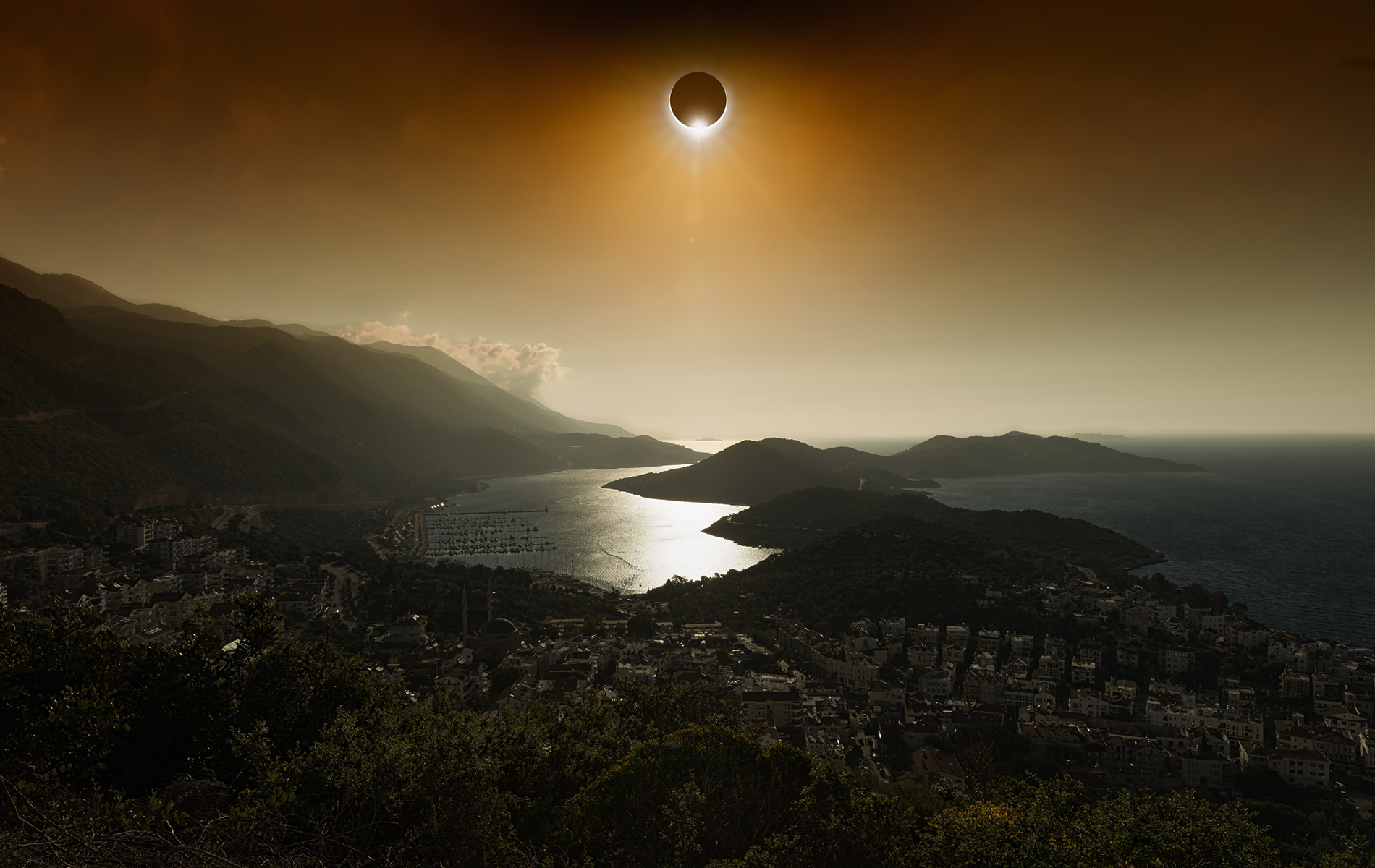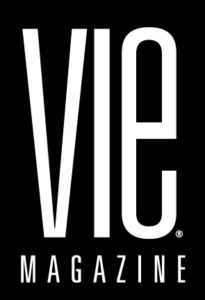
VIE-Blog-August16-TotalSolarEclipse-Hero
Everything You Need to Know for the Total Solar Eclipse
Enter The Twilight Zone
August 21, 2017. You’ve probably been hearing that date quite often lately. No, it’s not the season premiere of Grey’s Anatomy or of any other groundbreaking show. It’s something you’ll definitely want to tune in to watch, though—just not on television. It’s the first total solar eclipse viewable from the continental United States since 1918!
I Haven’t Taken a Science Course in a While. What Is an Eclipse Again, and Why Is It a Big Deal?
Don’t panic. Unlike in some sci-fi or fantasy movies and books, a solar eclipse is not a time for werewolves and vampires battle it out. It’s when the moon passes between the sun and Earth, and the moon fully or partially blocks the sun, causing the illusion of a twilight effect (again, we’re not referring to the film saga) in the middle of the day. Check out the video below for a more detailed description and examples.
Pretty cool, right? However, you’re probably wondering, “If a solar eclipse happens between two and five times every year, why am I hearing about the upcoming one all over media outlets?” Well, this isn’t any eclipse. As mentioned earlier, it’s going to be the first total solar-eclipse to hit the US in nearly a century, and experiencing the once-in-a-lifetime opportunity with your own eyes is going to be phenomenal.
Before you set a reminder on your phone about the event, there are just a couple of things you need to know. First, the path of where the eclipse will be visible, and secondly, how to safely view it. You’ll need more than everyday sunglasses to enjoy the solar eclipse in its full glory.
Where do you have to be to experience the eclipse in totality? Idaho, Wyoming, Nebraska, Kansas, Missouri, Illinois, Kentucky, Tennessee, Georgia, North Carolina and South Carolina. If you’re in or can easily get to one of these states for the eclipse, consider yourself lucky. To get a clearer picture, NASA has provided an interactive map you can follow to track the exact locations from which it will be visible.
Now, let’s talk about eye safety. Though the moon may be covering most of it during the eclipse, staring at the sun is bad for your eyes. Astronomical scientists recommend having a good pair of solar filter sunglasses to block out the harmful ultraviolet and infrared radiation. Attention Amazon loyalty shoppers or bargain shoppers in general: This is not the time to look for a deal, especially if you like being able to see. Not all manufacturers are selling products up to code. Luckily NASA and the American Astronomical Society have created a list to help you find your perfect pair of shades that are safe and standardized for viewing the sun!
If you’re planning to catch the eclipse on camera, it’s doubtful you’d be able to capture the full effect on your smartphone, as the distance is too far. You’ll need a camera that can zoom into the night sky to capture as much real-life effect as you can. Of course, enjoying the eclipse with your own (protected) eyes is out of this world (pun intended), and no photograph would be able to compare, so don’t spend an entire eclipse trying to get the “perfect” picture or messing around with your camera gear. If you’re lucky enough to witness this rare event in scientific history, we encourage you to take advantage and be present.
With that said—if you do get to photograph it, we’d love for you to share your snaps with us and your thoughts on experiencing the total solar eclipse!
Share This Story!
CATEGORIES
RECENT POSTS
NEWSLETTER
Sign up to receive exclusive content updates
KEEP UP WITH THE LATEST STORIES FROM VIE

















































































































































